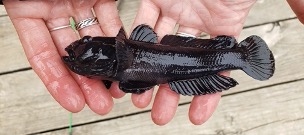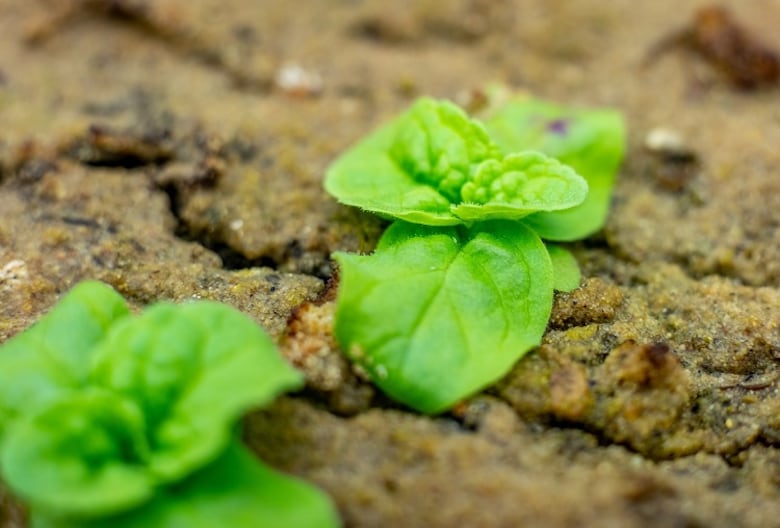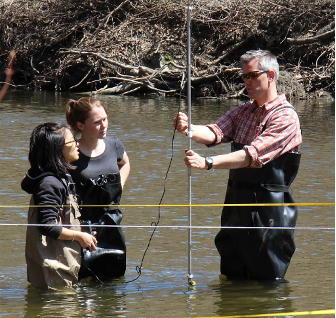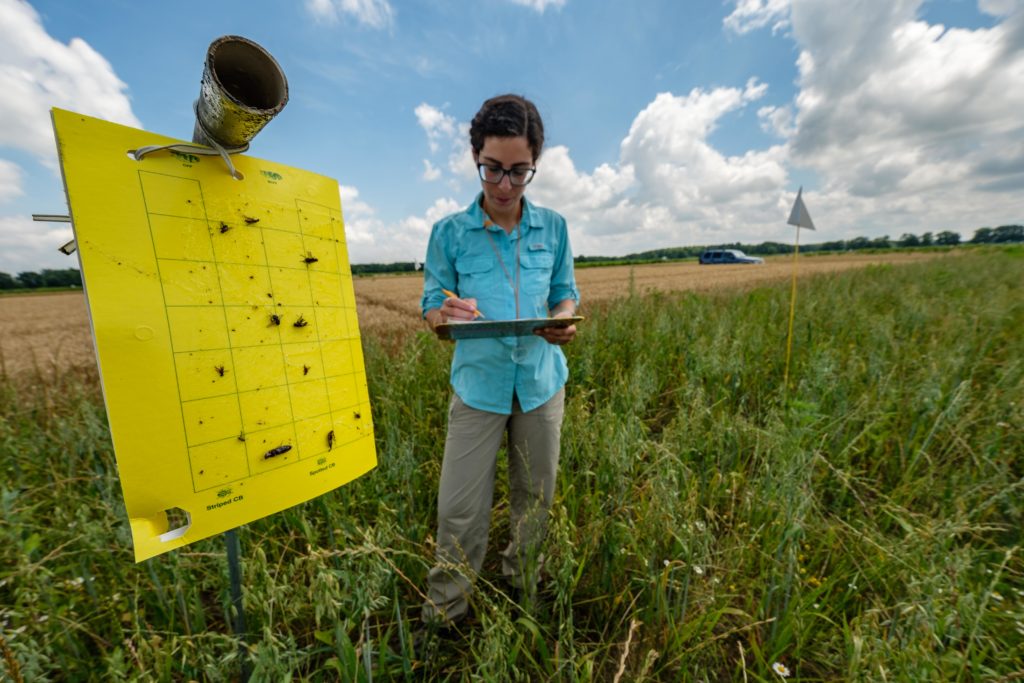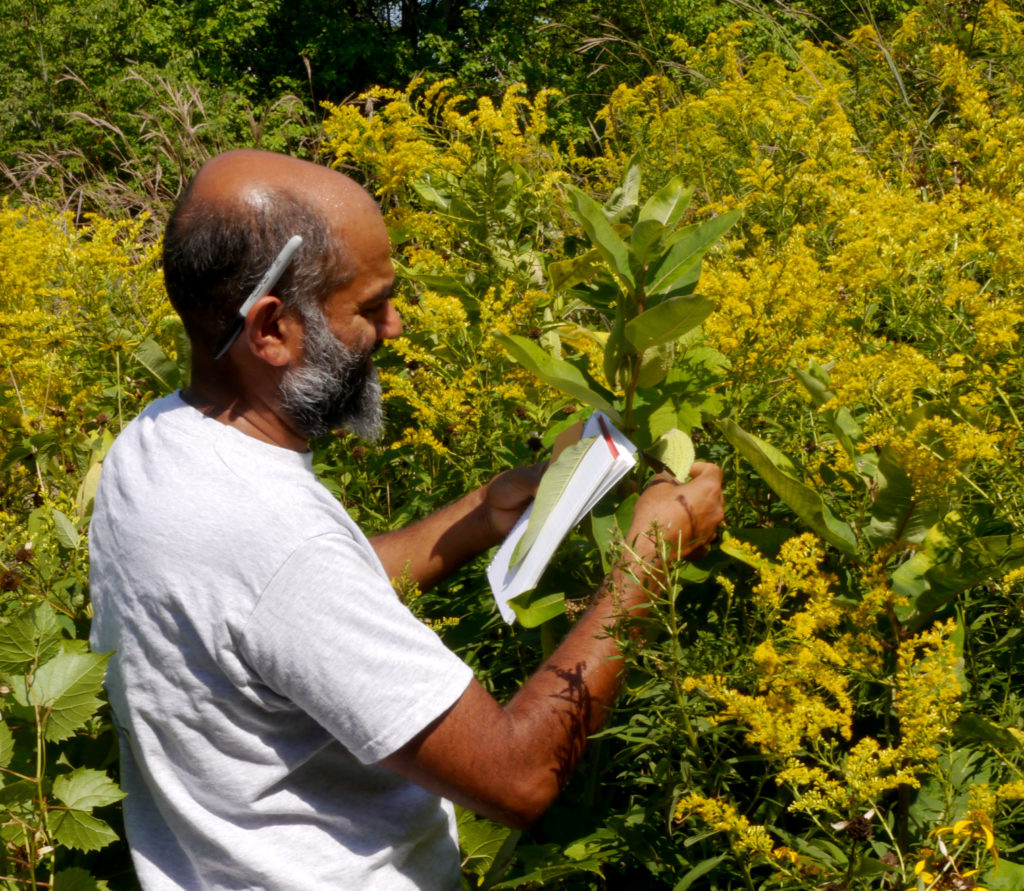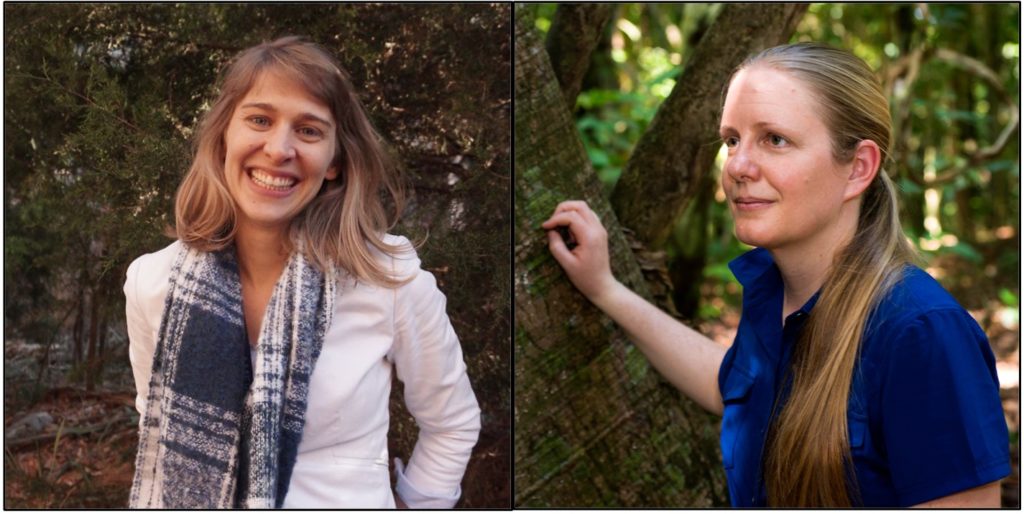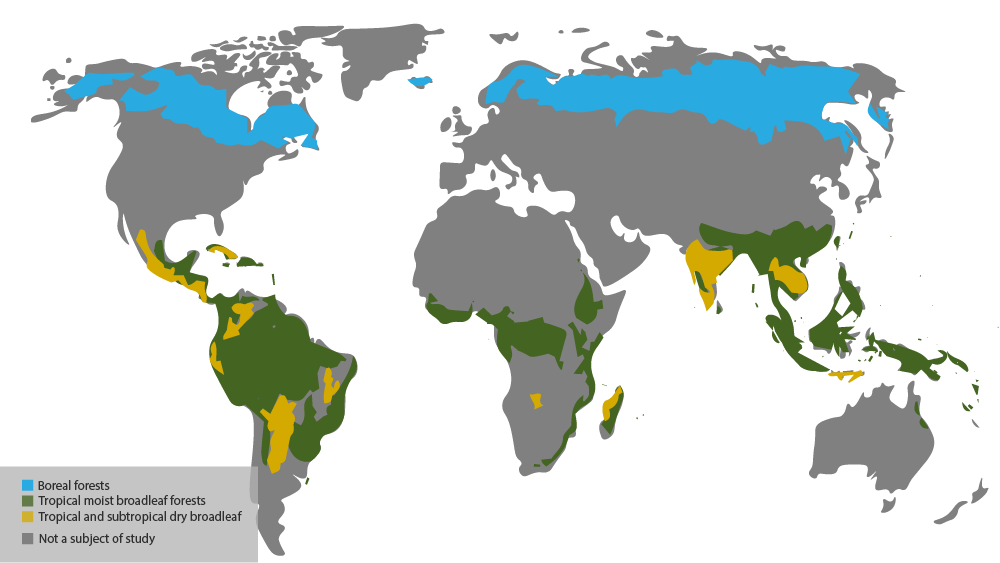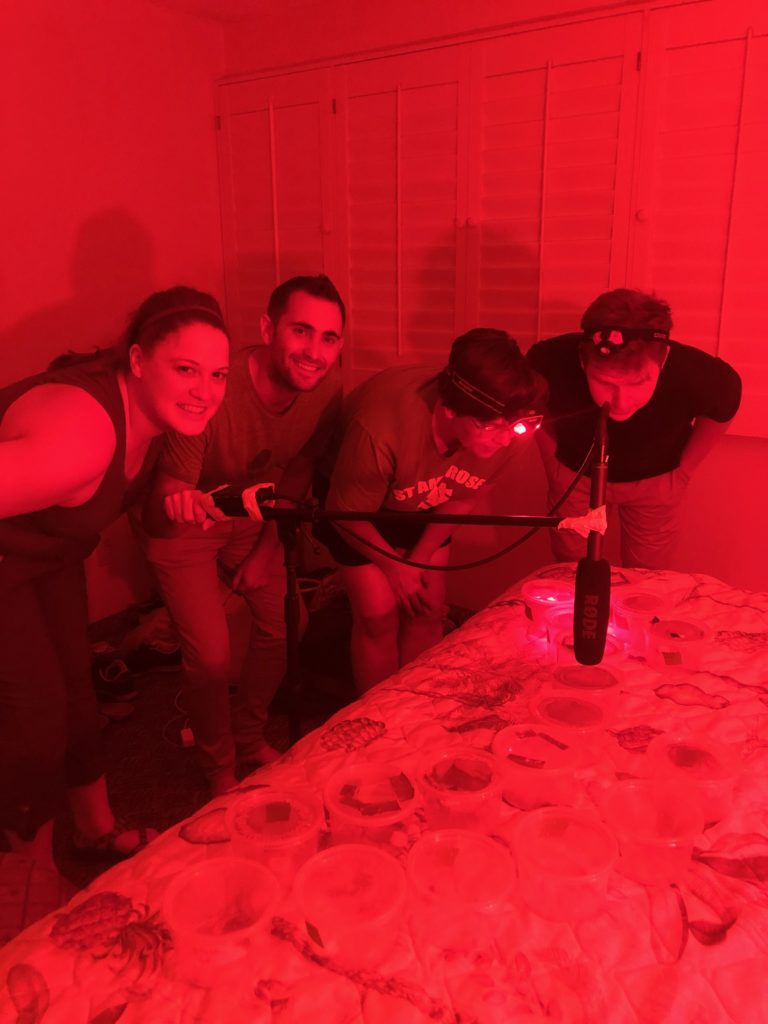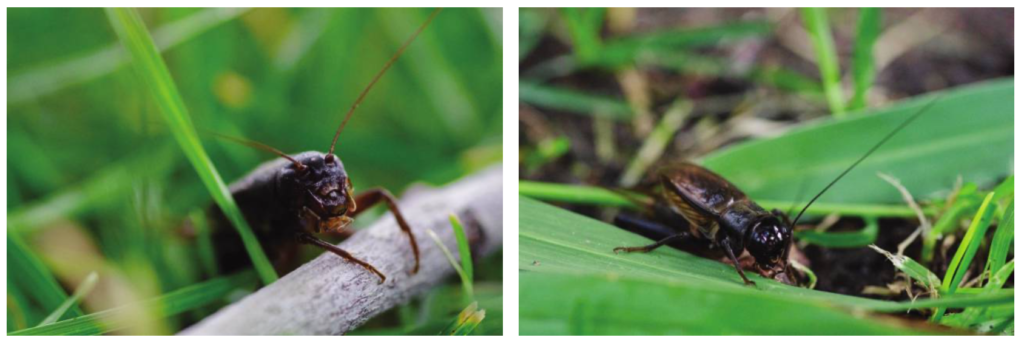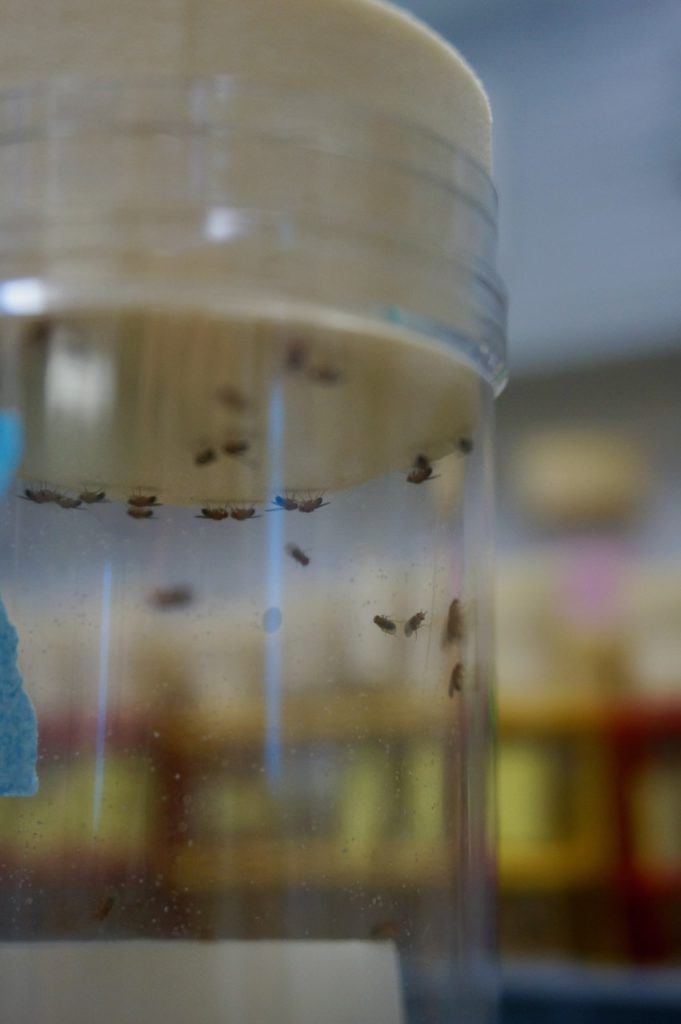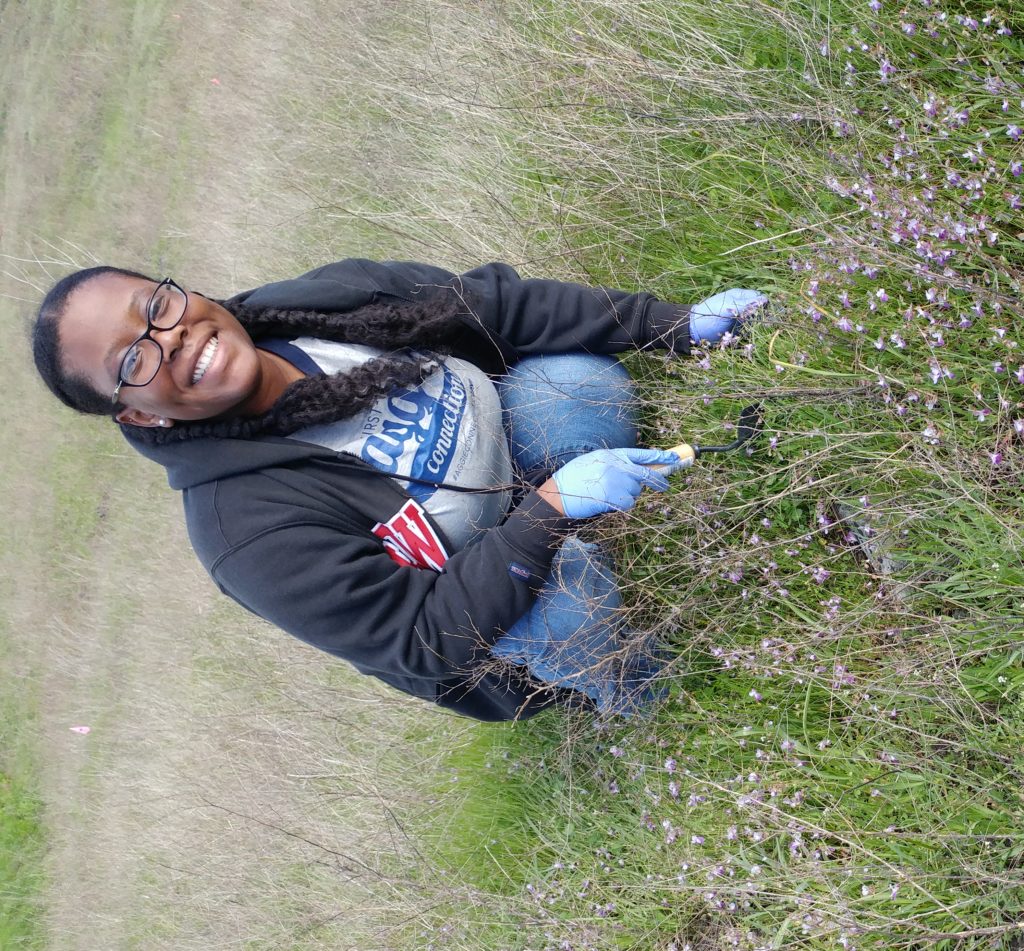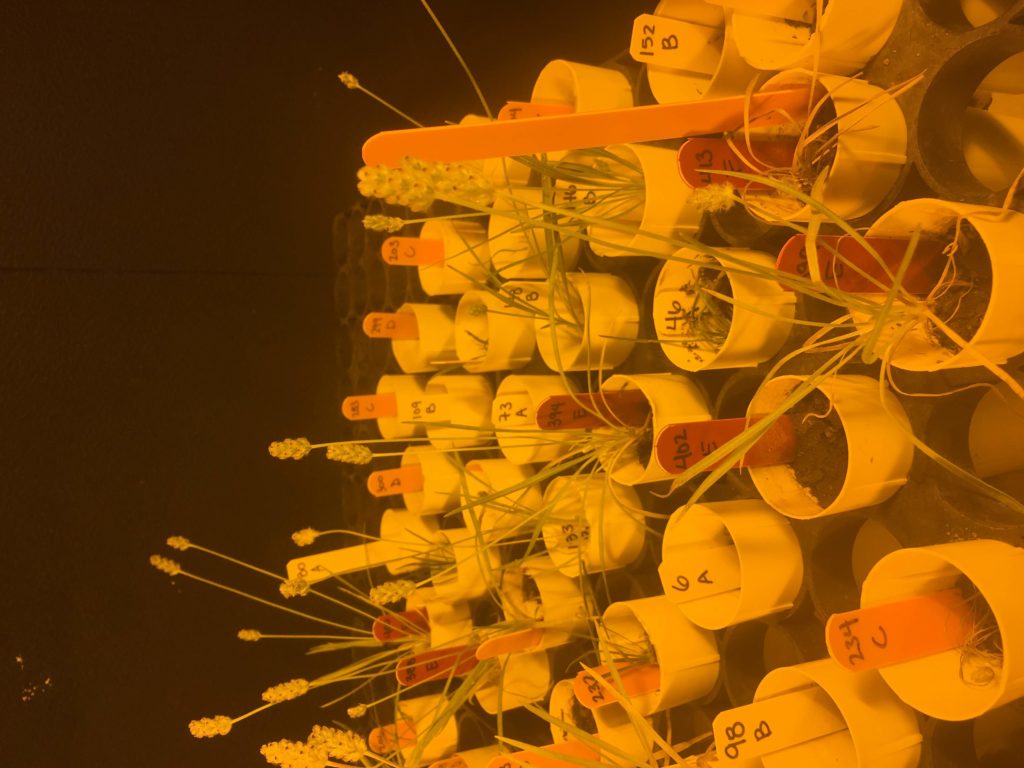The activities are as follows:
- Teacher Guide
- Student activity, Graph Type A, Level 3
- Student activity, Graph Type B, Level 3
- Student activity, Graph Type C, Level 3
- Full dataset available
- Grading Rubric
Animals often have adaptations, or traits that help them live in certain environments. For fish, that can mean having a body shape that allows them to feed on available prey, better hide from predators, or swim more effortlessly. When these traits vary within the same species from one location to another, they are called local adaptations. Such adaptations were once thought to only evolve slowly over hundreds or thousands of generations. However, new evidence shows that evolution can result in meaningful adaptations much more quickly than originally thought, sometimes in just a few generations!
Invasive species are those that have been moved by humans to areas where they do not usually exist and cause disruptions to native ecosystems. Because they have been moved to new places where they did not evolve, invasive species often have traits that aren’t matched to their new habitats. When mismatches occur, species may be able to adapt in just a few generations in their new locations.
Several invasive species have been problematic in the Great Lakes of North America. The round goby is a small invasive fish species that arrived in the Great Lakes around 1990. It is a bottom-dwelling species that is able to quickly reproduce and crowd out native fish species. Both avid anglers, Jared and Bailey observed the increasing numbers of round gobies during their time spent outdoors. They noticed that sometimes round gobies would even outnumber all other native fish in an area.
Originally appearing just in the Great Lakes themselves, the species is increasingly being found in rivers throughout the region. Jared and Bailey were surprised this species did so well in both river and large lake habitats since they are very different environments for fish to live. For example, water is constantly flowing downstream in rivers, whereas lakes can be still or have waves near the shore. Also, these two habitats have different predator and prey species living in them and differ in water chemistry characteristics. With the spread of more and more round gobies into rivers, Jared and Bailey set out to learn how this species is successful in both habitats. They thought that round gobies found in rivers would have adaptations to help navigate fast flowing waters. Fish with narrower body shapes can move more easily in flowing waters, giving narrow-bodied individuals an advantage over those with bulkier bodies. Over time, those individuals with such an advantage would be more likely to survive and reproduce in the rivers, eventually shifting the entire river-dwelling population to a narrow body shape. They predicted that round gobies from rivers would have shorter body depths and narrower caudal peduncles, which is the area between the fish’s body and tail. To test their idea, Jared and Bailey captured and measured hundreds of round gobies from both Great Lakes and inland river habitats.

Featured scientists: Jared Homola (he/him) and Bailey Lorencen (she/her) from Michigan State University
